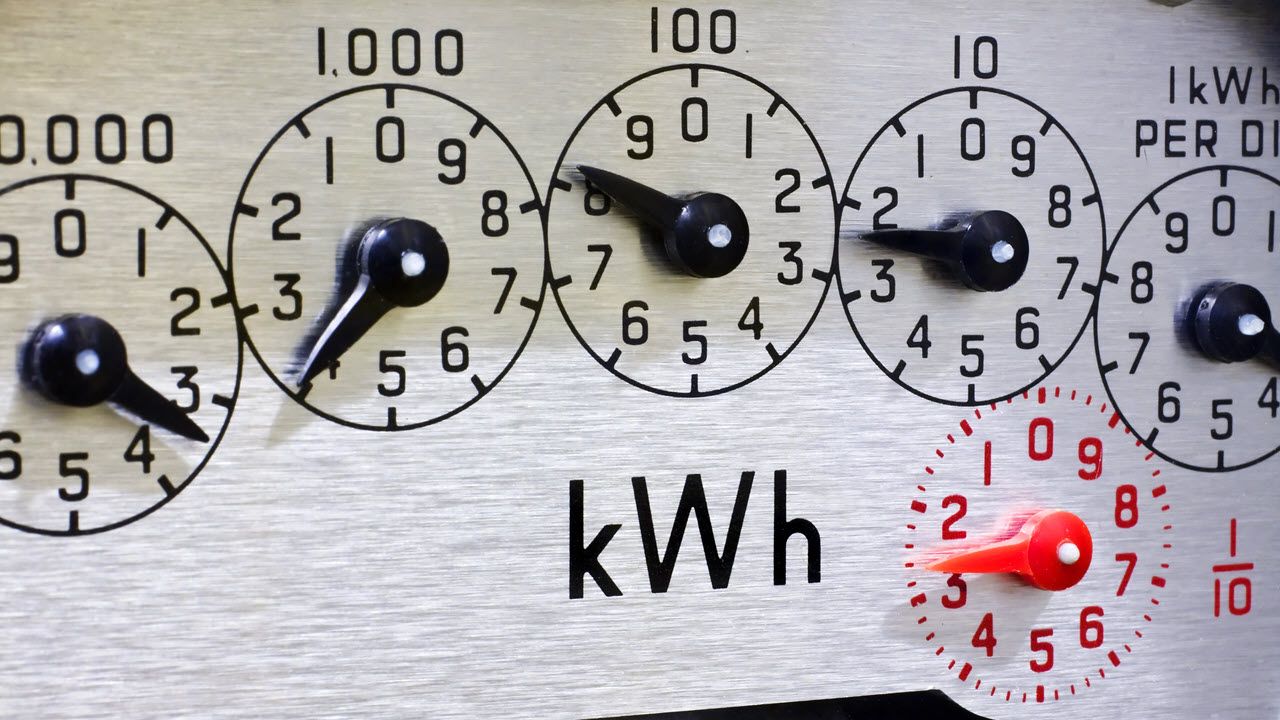After posting the Apple CPU and GPU performance vs. power graphs, it occured to me it might be fun to digitize one of them and see what scaling they showed. I thus digitized the M3 CPU plot using
https://plotdigitizer.com/app (the white dots indicate where I placed points):
As this curve is for
a single core, all cores (thanks
@Souko !), I associated the highest performance score with the 3.6 GHz all-core clockspeed given by notebookcheck.net (
https://www.notebookcheck.net/Apple...ormance-and-improved-efficiency.766789.0.html ), and scaled all other performance scores correspondingly, to translate them into clock speeds as well. Since the M3 is 4P+4E, I took a coarse-grained approach and treated the efficiency cores as not contributing significantly to the power consumption, and thus divided by four to estimate the per-core power. I then transposed the data into the form
power vs. clock speed (i.e., switching the x and y axes), and fit it to a three-parameter polynomial. Finally I compared this curve to the one I fit using the data
@leman collected for the A17 performance core.
Apple's wattage is lower, but the curve is steeper. The best fit I got for leman's data was with a polynomial of the form
a + bx^2+cx^6, while the best fit for Apple's curve was obtained using one of the form
a + bx^2+cx^8.
[Note this doesn't mean the scaling goes as
x^6 and
x^8, respectively. It's nowhere near that strong, as the value of
c is far smaller than
b, in both cases. Specifically, based on the relative sizes of the coefficients, the scaling has 99.74%
x^2 character and 0.26%
x^6 character for leman's, and 99.99%
x^2 and 0.01%
x^8 for Apple's.]
Here's a plot comparing the two:
Here are the extrapolated values:
4.06 GHz (maximum M3 SC clock)
leman's A17 data: 6.5 W
Apple's curve: 6.3 W
4.446 GHz (10% increase in clock over 4.06 GHz)
leman's A17 data: 9.3 W (43% increase in power consumption)
Apple's curve: 10.4 W (65% increase consumption)
So it seems a 10% increase in clock speed would cost us an ≈50% increase in power consumption. Still, the added wattage could certainly be handled by an M3 Studio (hint, hint Apple

).

